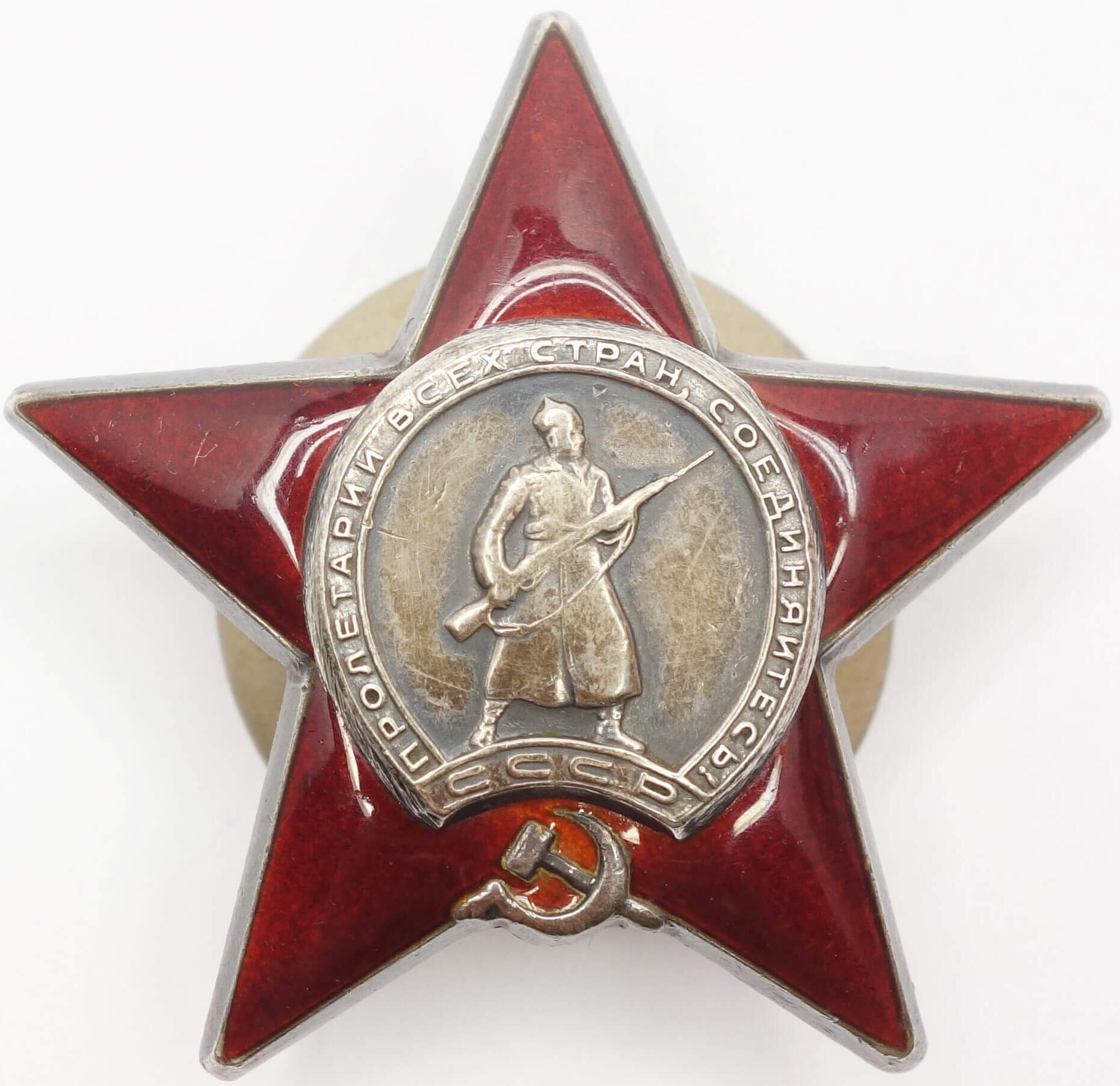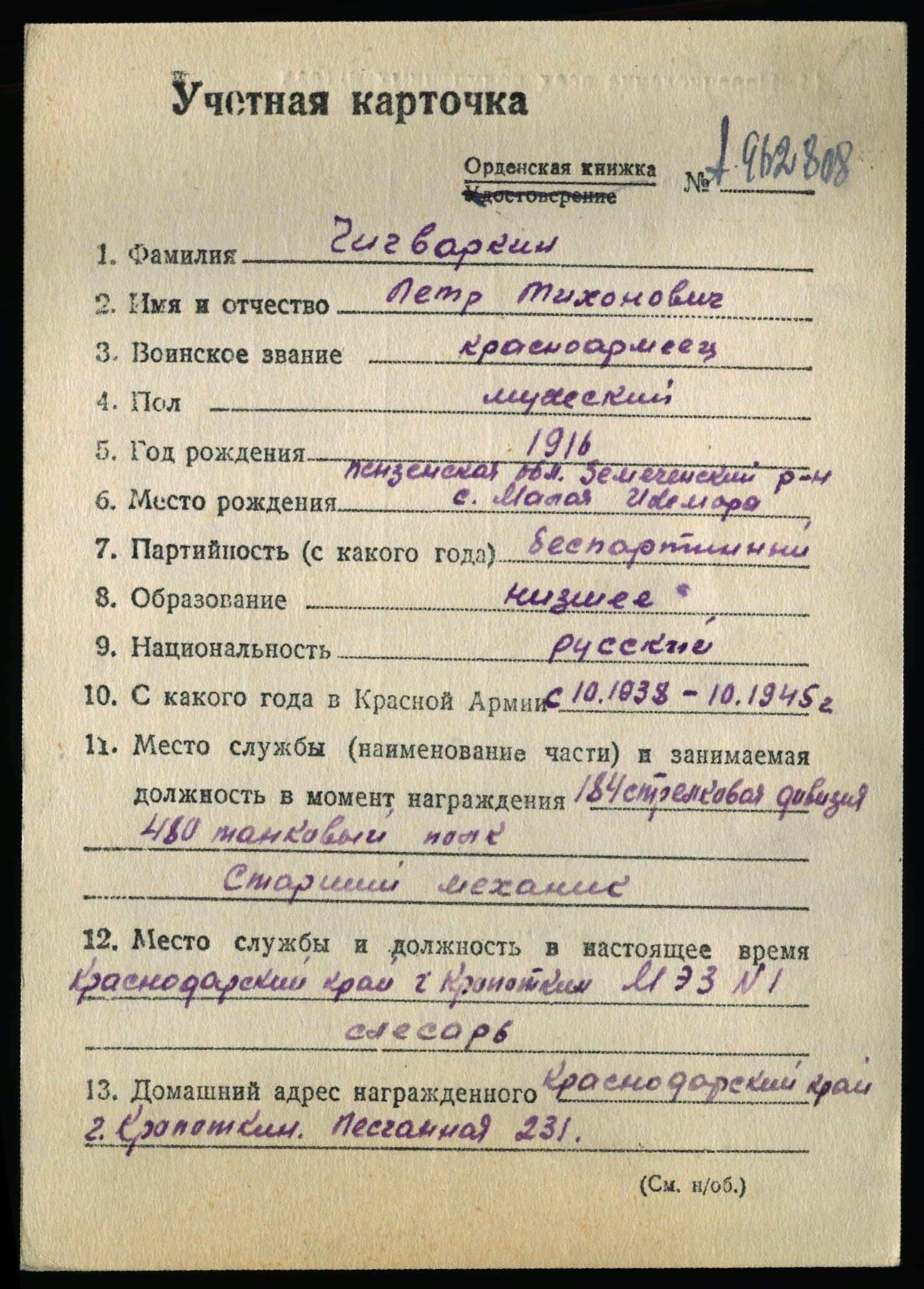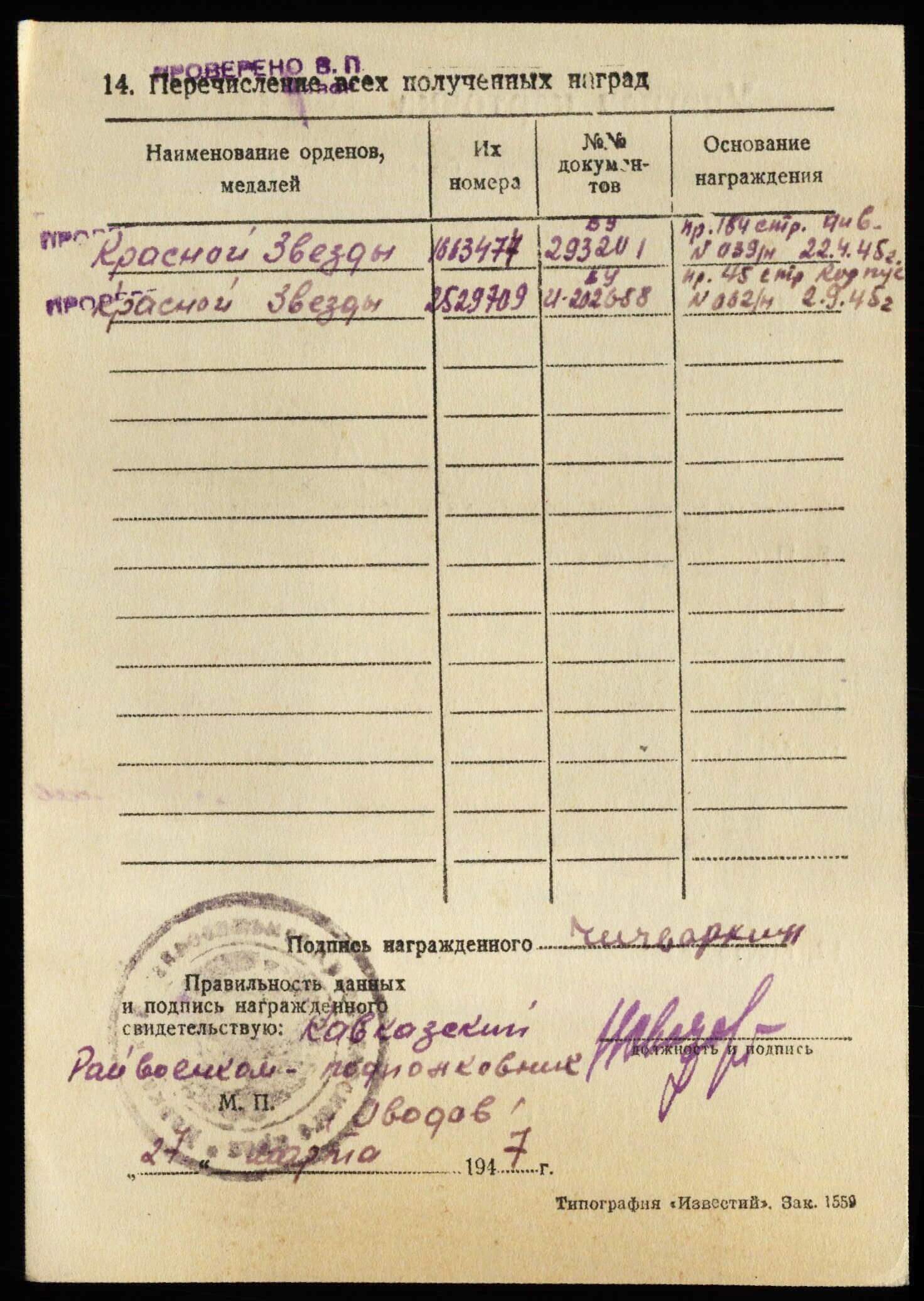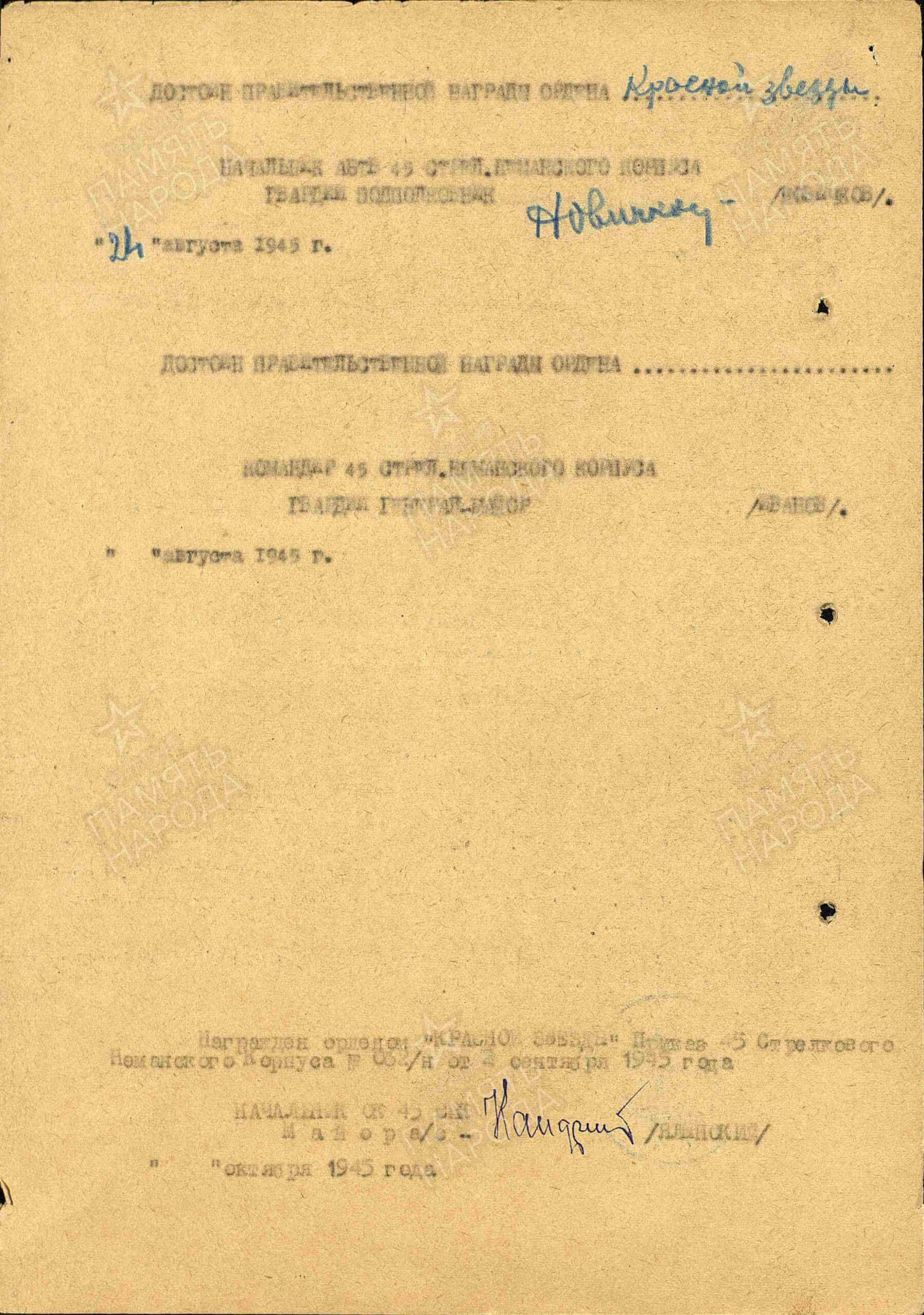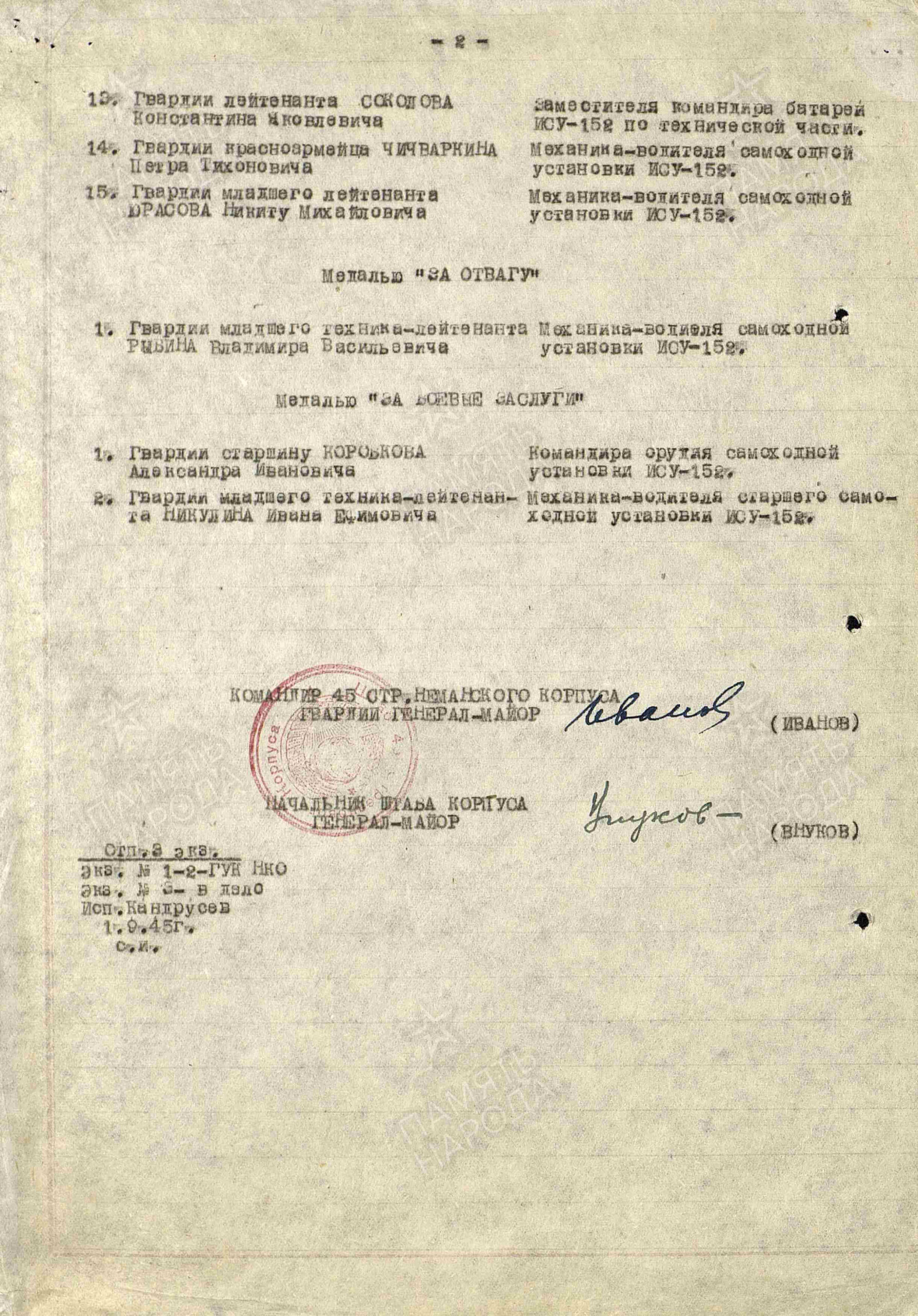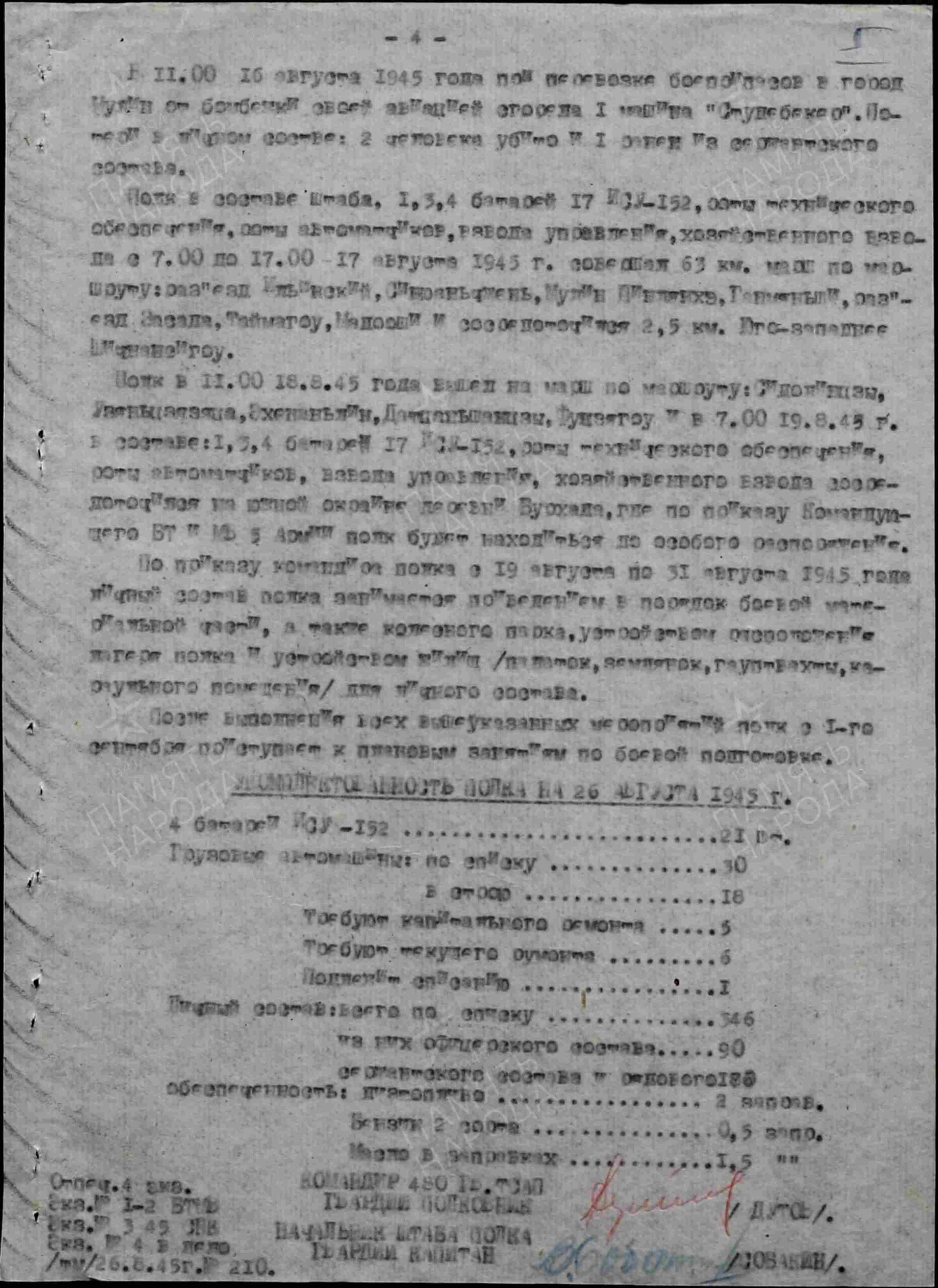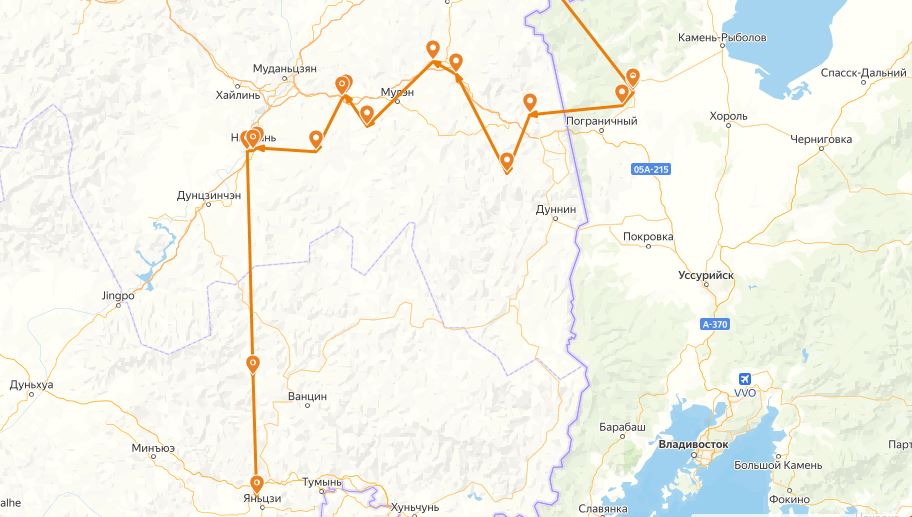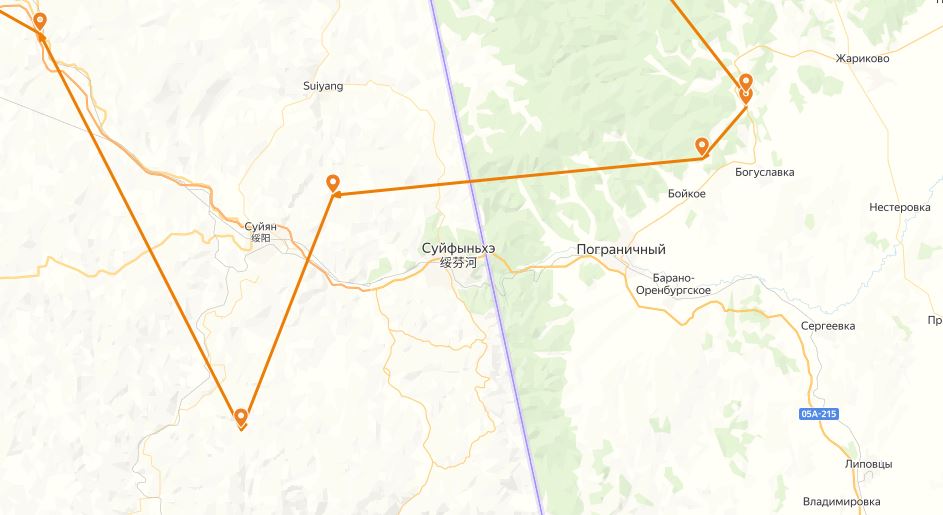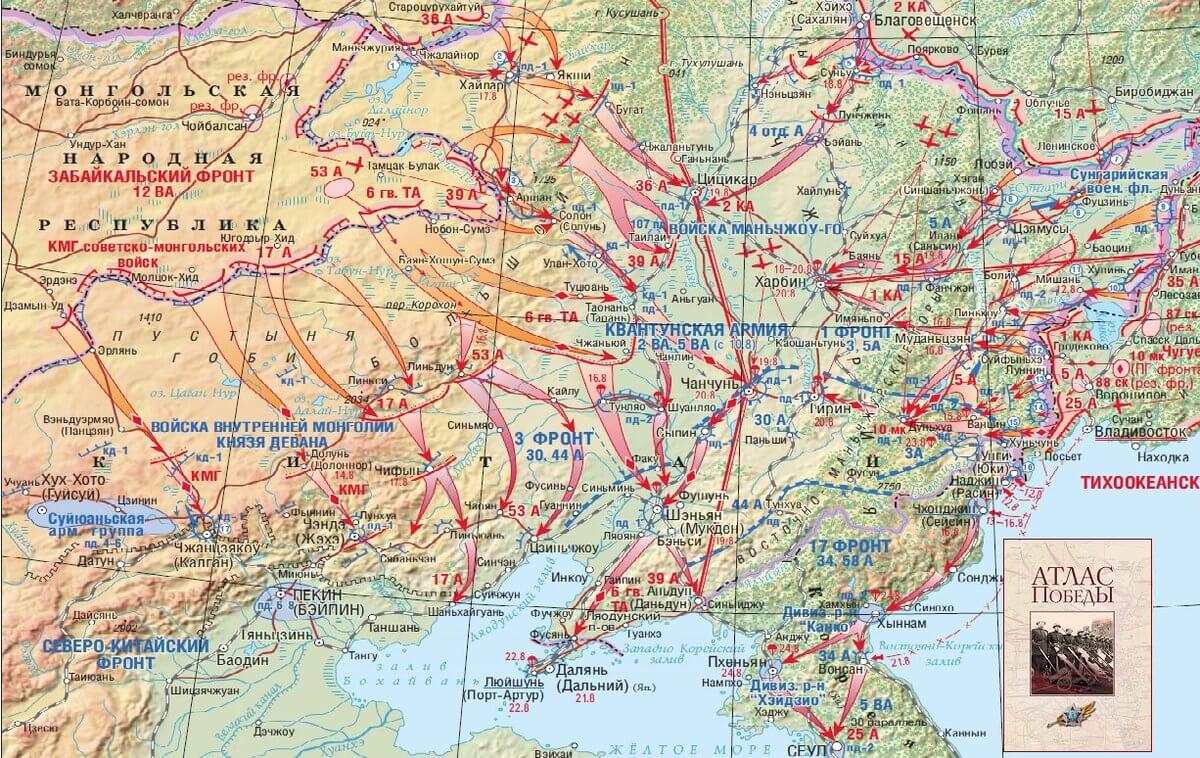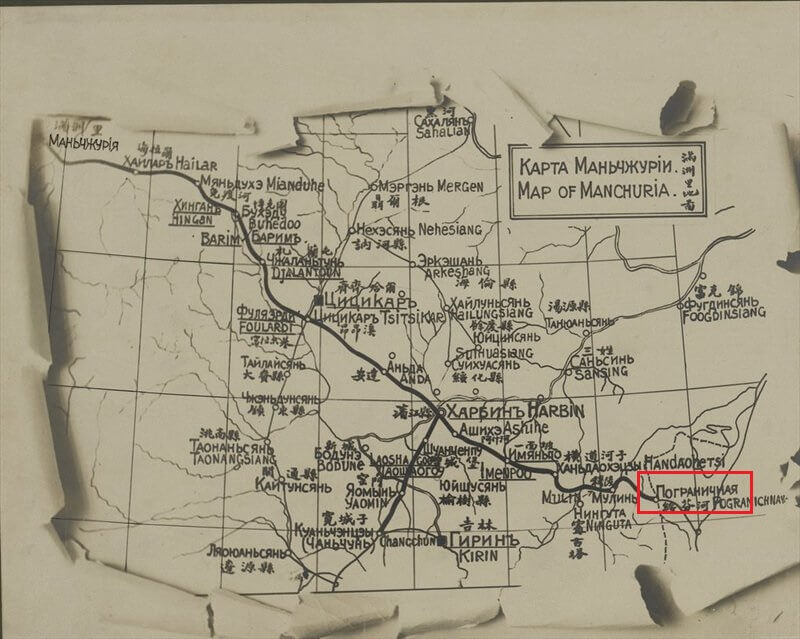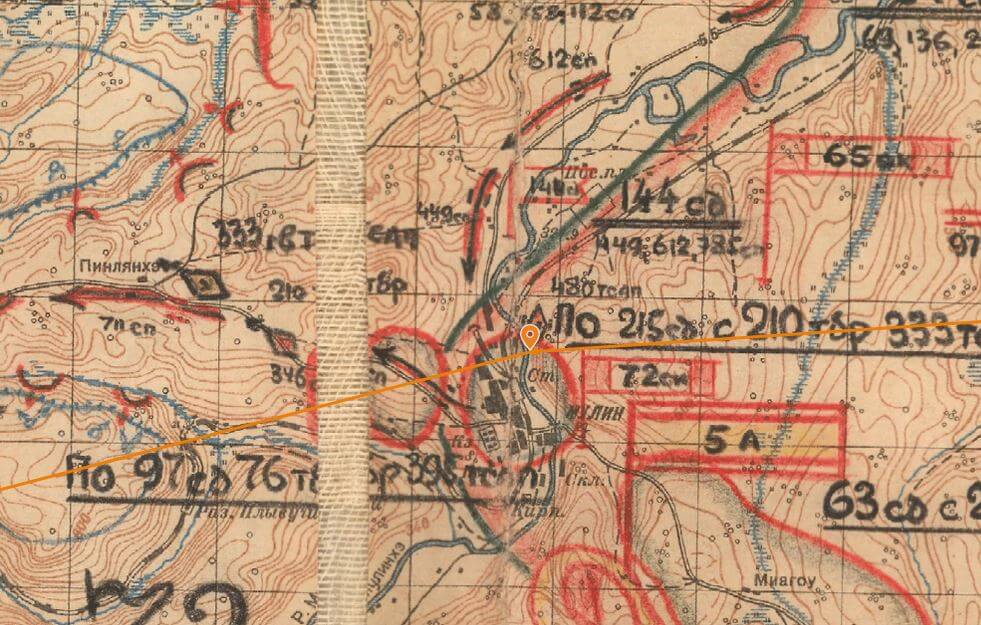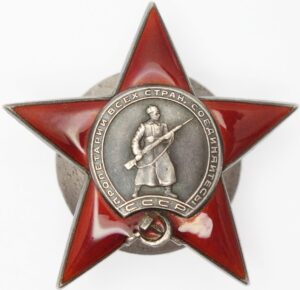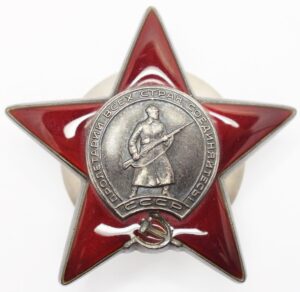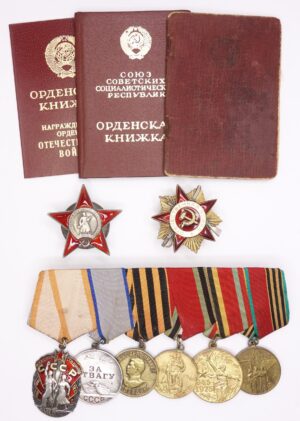Description
Order of the Red Star #2529709
Awarded to ISU-152 Driver Private Petr Tikhonovich Chichvarkin (Петр Тихонович Чигваркин)
For annihilating 11 dugouts, six earth-wooden bunkers and up to 75 Japanese soldiers, thereby ensuring the assault groups to hoist the Red Flag at the height of Severnaya Hill
Made of silver and enamels. Measures 47.69 mm in width and 46.06 mm in height. The order weighs 30.1 grams without its screwplate. The serial number is located at the 6 o’clock position and the mint mark on the 12 o’clock position of its reverse.
In excellent, above average condition with light to medium wear to the silver medallion. Most details are still visible and the enamels are problem free without chipping or repairs and show small contact marks only. Its screw is full length and the order comes with a well fitted and time period screwplate.
Scarce award for fighting the Japanese
Brief and specific description of the personal feat or merits:
Guards Red Army soldier CHICHVARKIN Pyotr Tikhonovich, being a mechanic driver of an ISU-152 in the battle for the Severnaya Hill near the Pogranichnaya station on August 15, 1945, showed skill in driving and maneuvering on the battlefield in difficult mountainous terrain. The self-propelled gun of the driver’s mechanic CHICHVARKIN was the first to break into the North Hill, annihilating 11 dugouts, six earth-wooden bunkers and up to 75 Japanese, thereby ensuring the assault groups to hoist the Red Flag at the height.
Guards Red Army soldier CHICHVARKIN Pyotr Tikhonovich is worthy of the government award of the order of the “Red Star”.
More information on Private Chichvarkin can be found here
Some relevant information found online:
On September 3, 1945, the 480th Guards Heavy Self-Propelled Artillery Regiment, part of the 45th Rifle Corps, 5th Army, and the 1st Far Eastern Front, was stationed with its reserve task in the area 1.5 km northeast of Syachenzu. On August 15, 1945, the regiment, comprising the 1st, 5th, and 4th batteries of 17 ISU-152 self-propelled guns, technical support companies, automatic rifle companies, and a command platoon, conducted a march from Syachenzu and concentrated in the Ilinsky Junction area. Their task was to be ready to cooperate with units from the 184th and 157th Rifle Divisions in repelling enemy counterattacks in the previously mentioned directions starting from August 14.
Position in the regions of Manchuria occupied by the Red Army (based on the materials of the PU2 of the Trans-Baikal and Far Eastern Fronts. 13.VIII.45).
In the offensive zone of the Trans-Baikal Front forces, no enemy destruction of settlements, industrial enterprises, railway tunnels, or cases of mining has been observed so far.
In one of the military towns near the border, the enemy left behind food reserves of the garrison: rice, biscuits, canned meat and fish, dried vegetables.
In the settlement of Siaoyusufunhe, operational vehicle repair workshops were left behind, with up to 40 cars, fuel, and lubricants. At the Pogranichnaya station, railway workshops, 5 empty military trains, 4 ammunition platforms, grain warehouses, and a coal depot were captured intact.
The captured Japanese soldiers and civilians have indicated that the advance of the Red Army took them completely by surprise. They claim that the Harbin newspaper “Vremya,” on the contrary, had been writing about the strengthening of friendly relations between Japan and the USSR lately.
As Soviet troops advance through the territory of Manchuria, local residents are encountered more and more frequently. In the city of Pogranichnaya, there are still about 5,000 Chinese and up to 200 Russian individuals.
How the tiny reconnaissance detachment of Leonov captured the Japanese garrison
In Pogranichnaya, there was a branch of the main bureau of Russian emigrants, the center of which is located in Harbin and led by General Vlasievsky4. The branch was headed by Sotnik Ryabovich, who was ordered to create a self-defense militia. On August 9, Ryabovich took 60 armed men out of the city. When the Red Army approached, Ryabovich fled, and his militia disbanded.
Other prisoners revealed that there were military units of Russians in Manchuria, which were replenished through the annual conscription of young people.
Manchurian churches were subordinated to Patriarch Alexius of All Russia in early July. Among the believers, there were discussions about returning to Russia. In order to prevent this, an article was published in the newspaper “Vremya,” stating that in Russia, all returning emigrants would be considered “White Guards,” and they would be “executed,” etc.
The majority of Chinese people live in extreme poverty, appearing worn-out. When they meet with Red Army soldiers and officers, they bow low and welcome them hospitably. Women usually hide.
The Chinese population of Pogranichnaya willingly takes on work. On August 10, up to 200 Chinese people were employed in track repairs.
There have been multiple cases of Japanese attacks on our soldiers and officers from around the corner or from ambushes.
Also included in the picture gallery are several relevant battle maps and maps showing the location mentioned in the citation
Please contact us with questions
